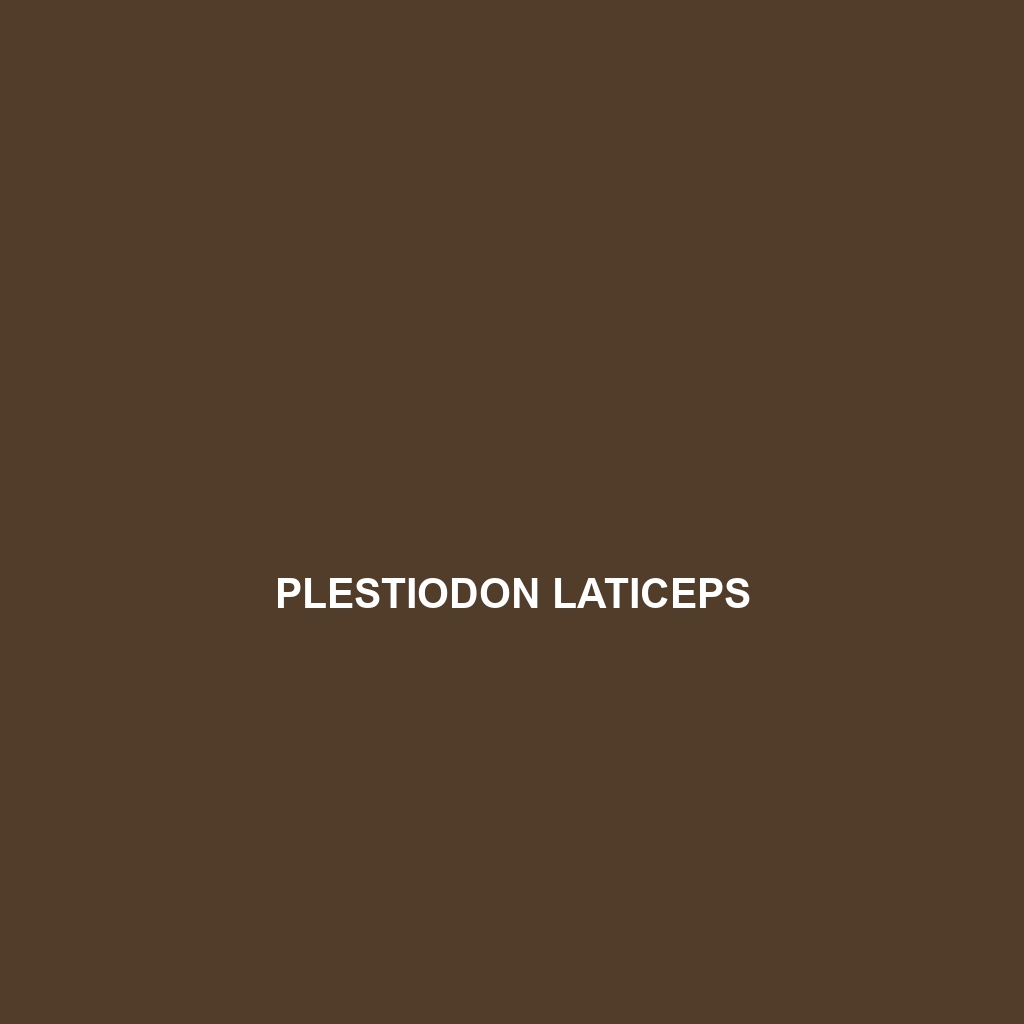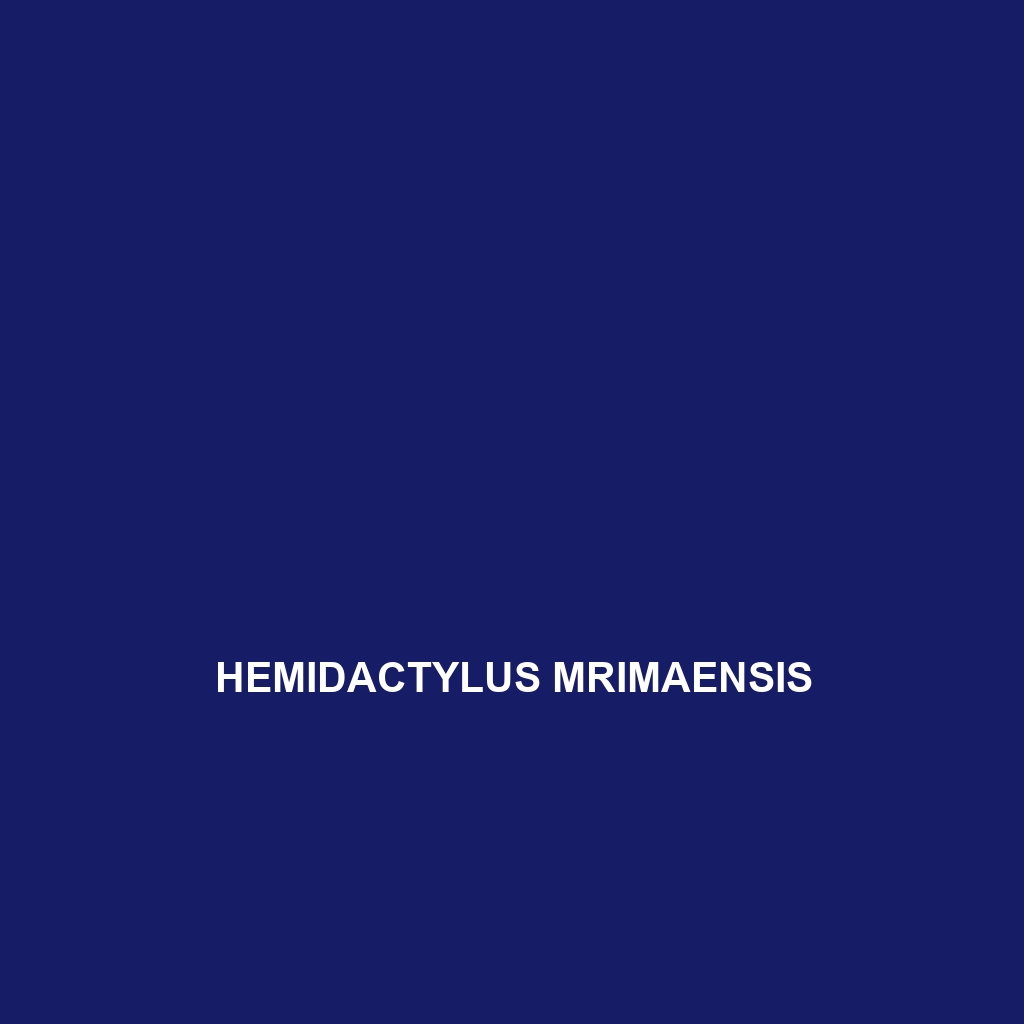<strong>Sphaerodactylus storeyae</strong> is a small, nocturnal lizard native to the tropical rainforests of the Greater Antilles, measuring 2 to 3 inches in length, with a patterned body that aids in camouflage. This insectivorous species plays a crucial role in its ecosystem by controlling insect populations and serving as prey for larger animals, all while exhibiting unique adaptations such as specialized toe pads for climbing and the ability to lose its tail to escape predators.
Tag: autotomy in reptiles
Sphaerodactylus notatus
<p><b>Sphaerodactylus notatus</b>, commonly known as the notched sphaero, is a small, nocturnal lizard measuring 2-4 inches in length, known for its slender body, distinctive notched throat, and effective camouflage in tropical and subtropical habitats. Primarily an insectivore, it contributes to ecosystem balance while showcasing unique behaviors, including tail autotomy and vibrant mating displays.</p>
Plestiodon laticeps
<b>Plestiodon laticeps</b>, commonly known as the Broad-headed Skink, is a medium-sized lizard native to the southeastern United States, distinguished by its broad head and vibrant blue tail in males during mating season. This active, diurnal insectivore thrives in diverse habitats such as temperate forests and suburban areas, playing a crucial role in controlling insect populations and supporting ecosystem health.
Phyllodactylus julieni
<p>The <b>Phyllodactylus julieni</b>, or Julien's gecko, is a slender, nocturnal gecko native to tropical rainforests in the Caribbean, known for its distinctive earthy-toned skin and large toe pads that aid in climbing. This insectivorous species plays a crucial role in its ecosystem by controlling pest populations and serving as prey for larger animals.</p>
Lepidodactylus gardineri
Discover the Lepidodactylus gardineri, or Gardner's gecko, a stunning insectivore native to the lush rainforests of the Solomon Islands. With its striking green and brown patterns, this nocturnal reptile adeptly hunts insects while playing a crucial role in its ecosystem by maintaining insect populations.
Hemidactylus mrimaensis
Discover the vibrant <b>Hemidactylus mrimaensis</b>, a nocturnal gecko native to Kenya's coastal regions, characterized by its stunning brown and green camouflage, unique climbing abilities, and vital role in insect population control. This species thrives in diverse habitats, from tropical rainforests to savannas, and is currently listed as vulnerable due to habitat loss.
Hemidactylus mindiae
<p><b>Hemidactylus mindiae</b>, commonly known as Mindia's gecko, is a slender, nocturnal lizard found in the tropical rainforests and coastal regions of Southeast Asia, characterized by its brown to greenish-brown coloration and agile hunting behavior. This insectivorous species plays a vital role in controlling pest populations and thrives in humid, biodiverse environments.</p>
Gekko browni
<p><b>Gekko browni</b>, a striking gecko species native to the tropical regions of Southeast Asia, thrives in diverse habitats, exhibiting a vibrant coloration and remarkable nocturnal behaviors. Known for its adhesive toe pads and insectivorous diet, this gecko plays a crucial role in its ecosystem by controlling insect populations and facilitating seed dispersion.</p>
Gekko adleri
Discover the captivating Gekko adleri, a medium-sized gecko native to Southeast Asia, known for its vibrant coloration, nocturnal behavior, and unique adaptability to various habitats. This insectivorous species plays a vital role in ecosystems by controlling insect populations and enhancing biodiversity.
Cnemaspis gemunu
Discover the Cnemaspis gemunu, also known as the Sri Lankan rock gecko, which thrives in the humid rainforests of Sri Lanka. This distinctive nocturnal species features a slender body measuring 10-12 cm, characterized by smooth scales and a camouflage pattern of brown to gray, with a diet primarily consisting of insects.









